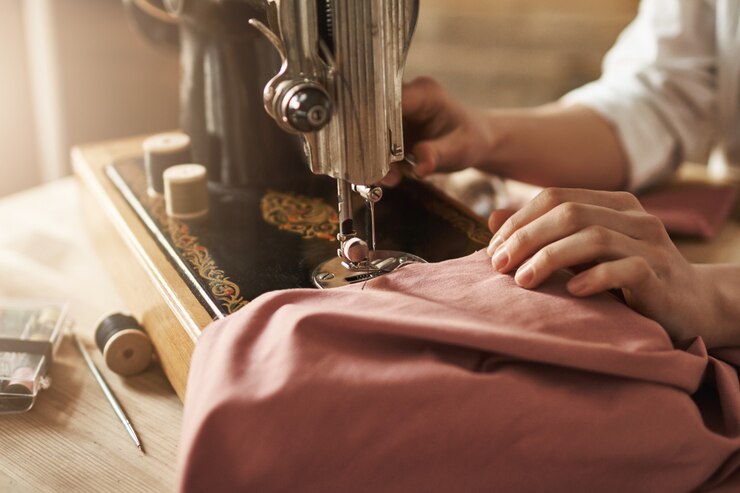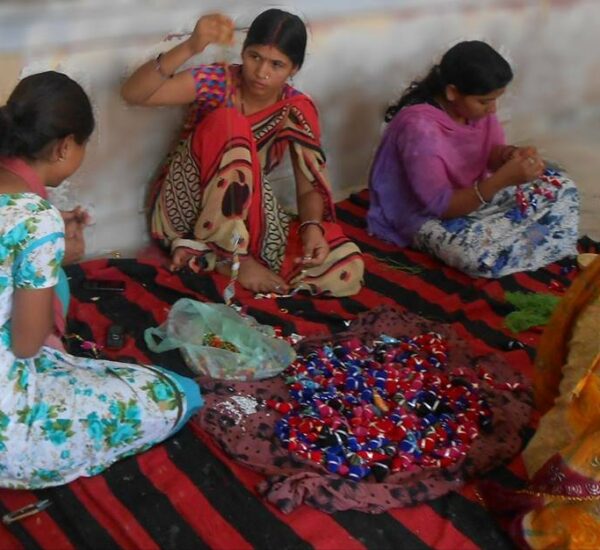The key to a better future is sustainability. Natural resources are essential to human commerce, activities, and life and sustainability enhances our quality of life while also safeguarding our ecology and natural resources for future generations. It means that progress should take place without harming the environment, and that current development should not jeopardise future generations’ needs. This notion emphasises the environment’s role as capital that cannot be replenished if it is depleted.
Environmental deterioration figures in the fashion business are astounding. For example, producing the cotton needed to make a single T-Shirt can take up to 2,700 gallons of water. According to the World Resources Institute, cloth dyeing consumes 5.9 trillion litres of water per year. Textile treatment and dyeing account for roughly 20% of global industrial water pollution, and about 8,000 synthetic chemicals are utilised to turn raw materials into textiles. According to another report, an equivalent of one garbage truck of textiles is burned or landfilled every second. According to research, the worldwide textile industry emits 1.2 billion tonnes of CO2 equivalent per year, which is comparable to automotive emissions.
So, here’s the reality comes that we all know, buying handmade is more environmentally friendly, yeah! There are a plethora of reasons why buying handcrafted products are always preferable, and we hope you agree this too! When the products, many artisans consider sustainability. A handmade business’s values frequently include small-batch production and the use of eco-friendly or sustainably sourced materials. Buying handmade is for you if you tend to hold similar principles in your daily life. When something is handcrafted, it signifies it was manufactured by humans rather than machines, which means there are less manufacturing facilities and waste, making it more environmentally friendly.
There are numerous advantages to buying handmade goods from a sustainability standpoint. They are well-suited to local production and consumption. In addition, the craft manufacturing process is less wasteful of materials and other resources. Handmade goods utilise significantly less energy in both manufacture and tooling. Natural materials are more likely to be used in handmade goods; plastic is not a common material! Craftspeople will also recycle or repurpose more resources. Handmade goods, as previously stated, are well-made to last, with physical and emotional durability. So, let’s say yes to handmade and contribute in the creation of new sustainable India.




